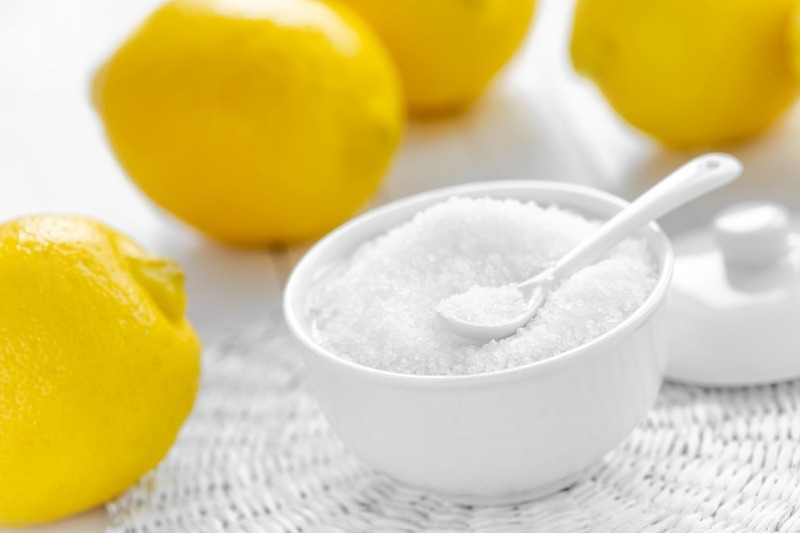
Why do many motorists add citric acid to the washer reservoir
Content
Citric acid is often used in everyday life to remove scale and salt deposits, this is also true for cars. A weak solution effectively removes plaque from the washer nozzles and the fluid supply channel, and also dissolves well the sediment at the bottom of the tank.

Clogged washer reservoir
Many car owners pour into the washer reservoir not a special liquid and not distilled water, but the most ordinary tap water. As a result, a precipitate is formed there from metal salts in the water. Citric acid easily dissolves such deposits.
To prepare the solution, you need to take citric acid and pour it into the washer. One tablespoon is enough for a full container.
Important! Avoid getting the powder on the body so as not to damage the paintwork.
Obstruction of the system
The formation of scale is one of the reasons for the obstruction of the system. The tubes are quite thin and salt deposits further reduce their diameter, which prevents the passage of fluid. To clean the tubes, the same weakly concentrated citric acid is used. Pour the resulting solution into the washer tank and flush the system, after removing the nozzles. As a rule, one full tank is required, but depending on the degree of contamination, it may be necessary to repeat the procedure 2-3 times. We finish washing when the flakes and grains of scale are no longer washed out.
After cleaning is completed, it is recommended to fill the washer with clean water to avoid prolonged exposure to aggressive substances on the system.
Stain on the windshield
Plaque on the windshield interferes with the view of the road, and also gives an unsightly appearance to the car. The same citric acid will help remove it. If you add a little powder to the tank, then the salts will dissolve, and there will initially be no impurities in the water that contribute to the formation of plaque.
Clogged injector nozzles
Nozzles clogged with lime can be cleaned with citric acid in three ways.
- Pour a weak solution of citric acid into the washer reservoir and use it as usual. Gradually, salt deposits will dissolve and wash away by themselves. For this procedure, you do not even have to remove parts.
- If you are afraid of damaging the paintwork, the nozzles can be removed and washed separately. To do this, they need to be placed in a solution for several minutes. To enhance the effect of the nozzle, you can fill it with a hot concentrate, for the preparation of which water heated to 80 ° C is used.
- You can also flush the nozzles with a syringe. To do this, you need to draw the prepared solution into the syringe and inject the contents into the sprayers. The jet will knock out the dirt, and the acid will remove the plaque.
Coating on the hood from washer fluid
Plaque on the hood is formed in places where water from the washer enters. In these places, a thin layer of lime forms, which interferes with thermal conductivity and can lead to cracks in the paint. Periodically using a citric acid solution instead of regular water in the washer will get rid of this problem.
How to pour and in what quantity
Usually, a small bag of citric acid 20 g is used to prepare the solution for the entire volume of the washer reservoir. The contents of the package are poured into warm water, stirred well so that there are no crystals left, and poured into the tank. The solution must be poured into an empty tank, do not mix with the remains of water or a special liquid, so that an unexpected chemical reaction does not occur.
Important! Permissible solution concentration: 1 tablespoon of powder per 1 liter of water. Exceeding this value may damage the paintwork.
So, citric acid in the washer reservoir helps to avoid problems with limescale and cleans the system of it in a timely manner. The main thing is not to exceed the maximum permissible concentration, so as not to damage the paint. Use the tips below and extend the life of the pipes, nozzles and the system as a whole.
